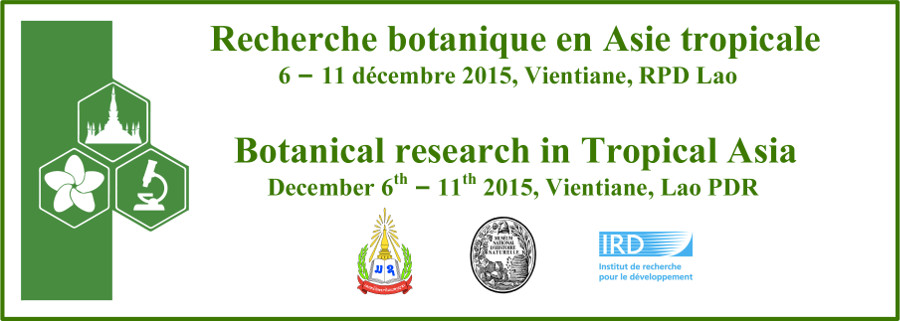The screening of plants used in Cameroonian traditional medicine against malaria revealed significant antiplasmodial and leishmanicidal activities for species belonging to the genus Psorospermum Spach and led to the isolation of several prenylated dihydroanthracenones.
Further fractionations based on reversed-phase and centrifugal partition chromatography allowed us to isolate 9 vismiones from the bark extract of P. glaberrimum Hochr. All these compounds exhibited strong leishmanicidal in vitro activities (30 nM < IC50 < 827 nM) against axenic amastigotes of Leishmania donovani Laveran et Mesnil.
A gram-scale isolation protocol of these highly unstable compounds, when traditional ill-suited purification processes are used, has been developed to provide enough starting material for further structural modification steps and to allow the investigation of their mechanism of action.
The repartition of these metabolites in different parts of ten Psorospermum species has also been studied to evaluate their chemotaxonomic significance. This narrowly distributed family of molecules is also found in Vismia Vand. and Cratoxylum Blume genera, respectively present in South America and Asia, and among the Ochnaceae family found in Asia and Africa. Such compounds could be used as markers along with molecular biology data to reevaluate a part of the taxonomy among the clusioid clade (Malpighiales).
- Poster

 PDF version
PDF version

